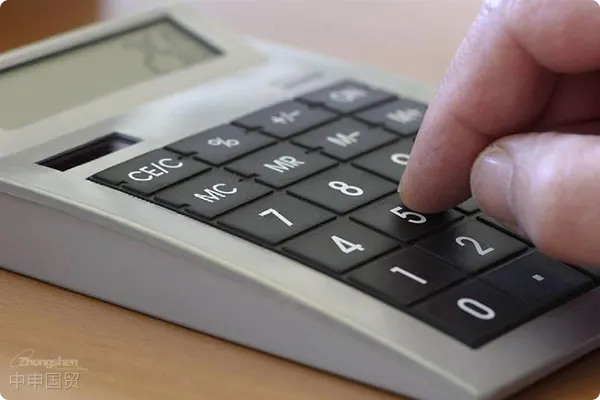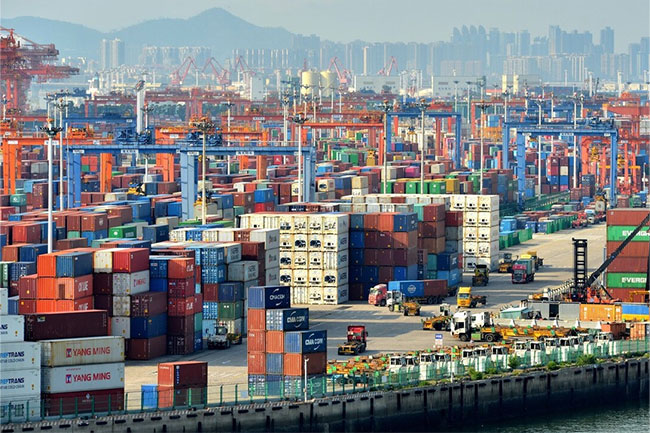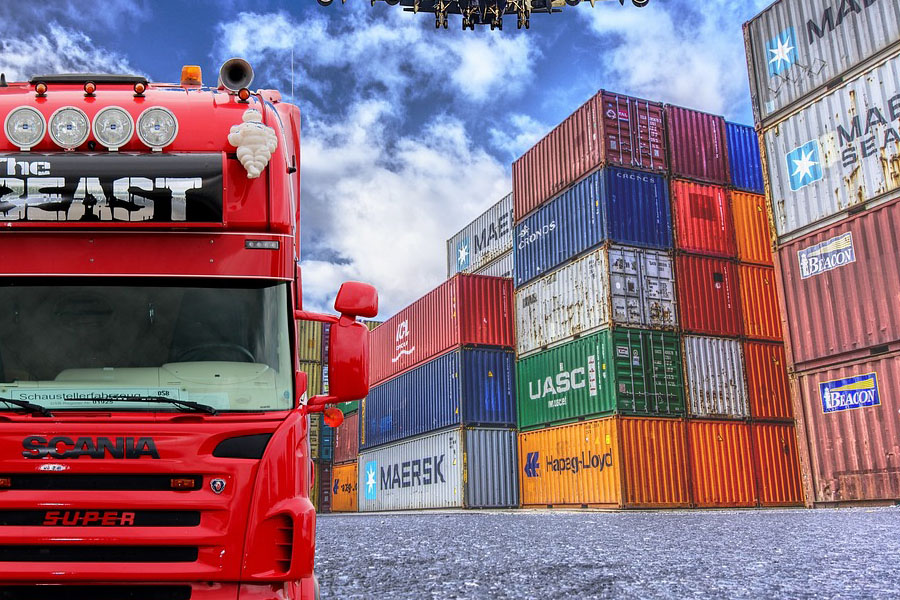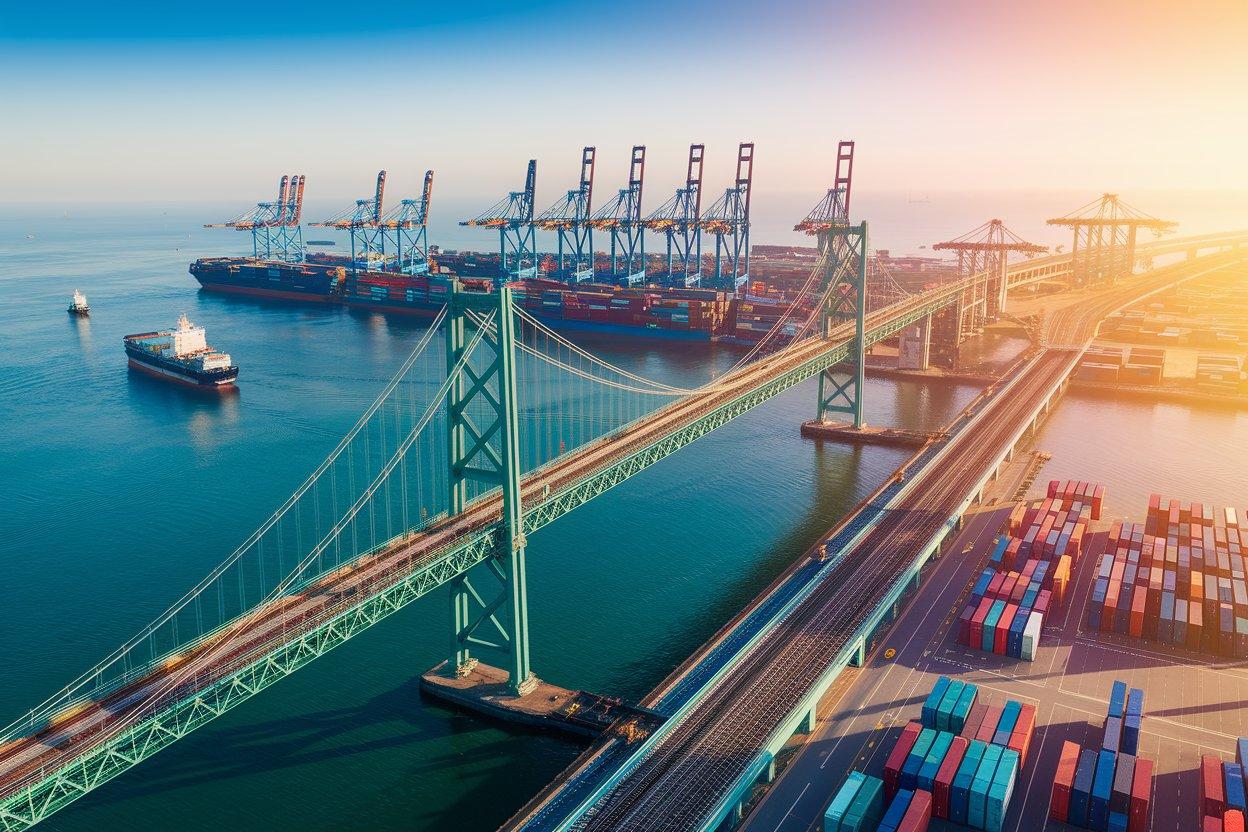- Shanghai Zhongshen International Trade Co., Ltd. - Two decades of trade agency expertise.
- Service Hotline: 139 1787 2118
Understand export cost accounting.
Calculating export costs isn't just simple addition and subtraction—it's the core of your pricing strategy. Simply put, there are several key points in the calculation:
- Procurement cost: The cost of your goods, the starting line.
- avoid: The cost of shipping the goods out, including sea freight,Air Transportation, including all miscellaneous fees.
- Export Drawback: The "red envelope" from the government encourages you to export more.
Classic routine? Subtract the tax rebate from the procurement cost, add the shipping fee, then tack on some profit, and the quote is ready. But here's the problem—this trick isn't foolproof, especially when market competition heats up, and the game has to change.

Different industries, different rules of the game.
The differences between industries are huge. If you're in a high-margin industry, you might not even care much about the tax refund—just adding a bit of profit to your quote would be enough. But in low-margin industries like packaging bags, every penny is a lifeline.
In such a fiercely competitive industry, some companies treat tax refunds as their "trump card"—either factoring them into profits or passing on the benefits to customers to make their quotes more attractive. Simply put, it's all about who plays the game better.
Pricing strategies in competition
Be realistic—the market is brutal, and you need to keep an eye on your competitors. What are the quotes from suppliers in Vietnam and Sri Lanka? You don’t necessarily have to compete on price with them, but at least you should know their bottom line.
At this point, tax refunds can come in handy. If competition within the industry is fierce, you might consider using a portion of the tax refund to lower your quotes slightly—essentially offering a discount without cutting into your core profits. If your product has a unique edge, such as exceptional quality or top-tier service, then stand firm—there's no harm in setting higher prices.
The key is balance: costs must be covered, profits must be made, and the quote mustn't make the client roll their eyes. This requires you to crunch the numbers with crystal clarity and do a bit of market "reconnaissance."
Case: The Troubles in the Packaging Bag Industry
Let's talk about your territory—packaging bags. The competition is intense, with Vietnam and Sri Lanka always offering lower quotes than you. When you present your price based on procurement cost, transportation, and profit, the client simply says, "Too expensive!"
We need to change our approach. Can we do something about the tax refund? Assuming your tax refund is 5% (you'll need to check the exact amount), giving a portion of it to the client could make our quote more competitive. Alternatively, let's scrutinize the costs—are there any savings to be found in procurement or transportation?
Alternatively, highlight your strengths. Faster delivery, more durable bags, or offering some customization services—these can all make customers feel that your price is "worth it." You don't necessarily have to be the cheapest, but you do need to be the most worthwhile choice.
Conclusion
Calculating export costs isn't complicated, but it's definitely not something to be done casually. In a highly competitive market like packaging bags, you need some tricks: make good use of tax rebates, optimize costs, or showcase your unique advantages. The goal? To quote a price that makes the client nod without leaving yourself at a loss.
Next time you calculate a quote, don't just stare at the Excel sheet. Understand the market, get a clear picture of your competitors, and grasp the customer's mindset—that's the secret to turning a maze into a smooth path. What do you think?
Related Recommendations
? 2025. All Rights Reserved. Shanghai ICP No. 2023007705-2  PSB Record: Shanghai No.31011502009912
PSB Record: Shanghai No.31011502009912










